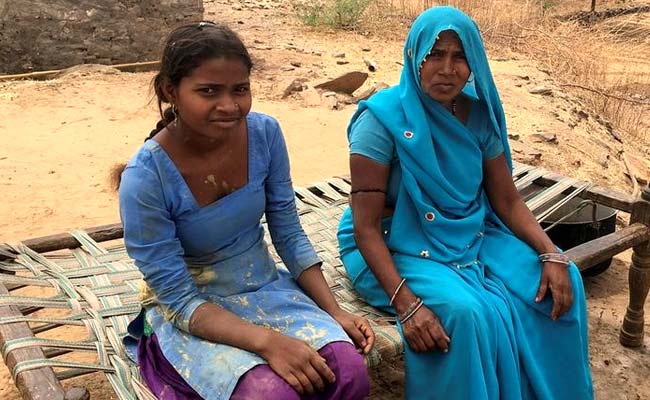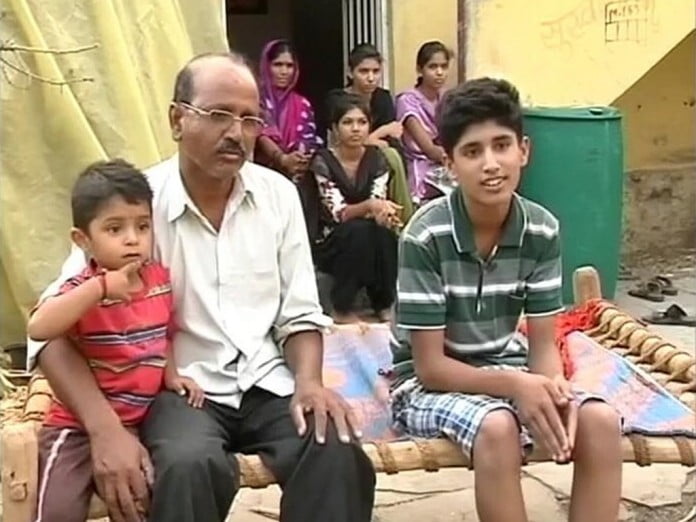
Jeeja (L), 14, poses along with her widowed mother outdoor their home in Charwara village in Rajasthan. (Reuters photo)
UNGARPUR, INDIA: at the dust floor of a hut in Rajasthan’s Dungarpur district, seven girls and a personsit in a circle round 3 community employees. one of the community people, marker in hand, asks why their kids or grandchildren don’t cross to high school regularly.
in the beginning, they may be silent. Then one female pipes up: “The kids keep soliciting for somethingor the alternative – pencils, notebooks, and if we don’t get it for them, they don’t go.”
The others murmur their assent. every other woman says: “there’s work to be done at domestic. so theyget past due for school, or don’t finish the schoolwork. however who’ll do the housekeeping then?”
one at a time, members of the institution – four widows and an uncle amongst them – name out extramotives, which the network worker writes on a chart taped to the wall. He then receives them to brainstormsolutions.
The project is greater in Dungarpur, one of the poorest districts inside the nation, wherein the averageliteracy price is 58 percentage, according to 2011 facts. That compares with a countrywide average ofseventy four percent and the country average of sixty six percent.
“parents do not regard faculty as crucial – they’ll pull youngsters out of school in the course of harvest time, or if there is paintings to be carried out at domestic,” stated Rukmini Roat, a instructor at a statenumber one school in Sasarpur village within the equal district.
“when the children get pulled out regularly, they fall at the back of after which become bored in studies, then it’s difficult for them to enhance, so they drop out,” said Ms Roat, who is the sole teacher for theforty seven students from grade one to 5.
Enrolment in faculties has risen on account that India enacted the landmark proper to training Act in 2009,making certain loose and compulsory schooling till the age of 14. still, the dropout charge was nearly30 percentage on the number one degree in 2011.
The rate is probable to be higher in rural Rajasthan, and can climb better after the state issued an orderfinal month that stated most effective kids from households categorised as below the poverty line, and those from backward castes and tribes can apply to study in a private school underneath the educationact.
The order might deny extra than 300,000 children the right to free non-public–college schooling inside the kingdom, activists say.
“The need is so acute that a few families don’t have any alternative however to send older children towork,” said Anita Sharma of store the children.
“but they also aren’t aware that there are a few government schemes so as to provide them a few cash,in an effort to at least send a few kids to highschool,” she said.
This become the case with Jeeja, who lives together with her widowed mother and siblings in Charwara village. After her father died, first her older brother, then Jeeja went to Gujarat to paintings in production tohelp the family.
A social employee, on realising Jeeja had dropped out of school, went to her home and talked to her mom. She helped her practice for a widow’s pension and different blessings that collectively bring about 2,500 rupees a month. Jeeja, 14, returned to school and is now in the eighth grade.
“We have to permit her take a look at,” said her older sister Pramila, who’s married. “I wish I have beendespatched to high school. Jeeja shouldn’t prevent now.”
© Thomson Reuters 2016













